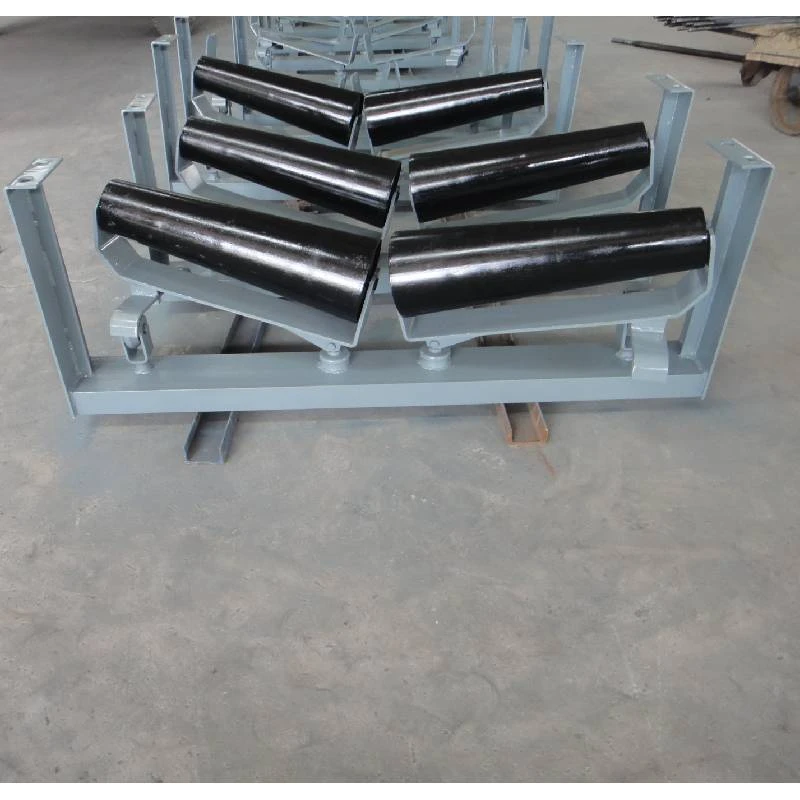 Afrikaans
Afrikaans  Albanian
Albanian  Amharic
Amharic  Arabic
Arabic  Armenian
Armenian  Azerbaijani
Azerbaijani  Basque
Basque  Belarusian
Belarusian  Bengali
Bengali  Bosnian
Bosnian  Bulgarian
Bulgarian  Catalan
Catalan  Cebuano
Cebuano  Corsican
Corsican  Croatian
Croatian  Czech
Czech  Danish
Danish  Dutch
Dutch  English
English  Esperanto
Esperanto  Estonian
Estonian  Finnish
Finnish  French
French  Frisian
Frisian  Galician
Galician  Georgian
Georgian  German
German  Greek
Greek  Gujarati
Gujarati  Haitian Creole
Haitian Creole  hausa
hausa  hawaiian
hawaiian  Hebrew
Hebrew  Hindi
Hindi  Miao
Miao  Hungarian
Hungarian  Icelandic
Icelandic  igbo
igbo  Indonesian
Indonesian  irish
irish  Italian
Italian  Japanese
Japanese  Javanese
Javanese  Kannada
Kannada  kazakh
kazakh  Khmer
Khmer  Rwandese
Rwandese  Korean
Korean  Kurdish
Kurdish  Kyrgyz
Kyrgyz  Lao
Lao  Latin
Latin  Latvian
Latvian  Lithuanian
Lithuanian  Luxembourgish
Luxembourgish  Macedonian
Macedonian  Malgashi
Malgashi  Malay
Malay  Malayalam
Malayalam  Maltese
Maltese  Maori
Maori  Marathi
Marathi  Mongolian
Mongolian  Myanmar
Myanmar  Nepali
Nepali  Norwegian
Norwegian  Norwegian
Norwegian  Occitan
Occitan  Pashto
Pashto  Persian
Persian  Polish
Polish  Portuguese
Portuguese  Punjabi
Punjabi  Romanian
Romanian  Russian
Russian  Samoan
Samoan  Scottish Gaelic
Scottish Gaelic  Serbian
Serbian  Sesotho
Sesotho  Shona
Shona  Sindhi
Sindhi  Sinhala
Sinhala  Slovak
Slovak  Slovenian
Slovenian  Somali
Somali  Spanish
Spanish  Sundanese
Sundanese  Swahili
Swahili  Swedish
Swedish  Tagalog
Tagalog  Tajik
Tajik  Tamil
Tamil  Tatar
Tatar  Telugu
Telugu  Thai
Thai  Turkish
Turkish  Turkmen
Turkmen  Ukrainian
Ukrainian  Urdu
Urdu  Uighur
Uighur  Uzbek
Uzbek  Vietnamese
Vietnamese  Welsh
Welsh  Bantu
Bantu  Yiddish
Yiddish  Yoruba
Yoruba  Zulu
Zulu Understanding the Key Elements of Conveyor System Design and Functionality
Components of a Conveyor System An Overview
Conveyor systems are essential in many industries, serving as a backbone for transporting goods and materials seamlessly within production facilities, warehouses, and distribution centers. Understanding the components of a conveyor system is crucial for optimizing operations and ensuring efficient material handling. This article delves into the primary components of a conveyor system and their functions.
1. Frame
The frame is the structural backbone of a conveyor system. It supports all other components and ensures the system's stability. Typically made from steel or aluminum, the frame design varies to accommodate different types of materials being transported and the specific layout of the conveyor system. The frame must be both strong and lightweight to manage the payloads effectively while minimizing energy consumption.
2. Belts
Conveyor belts are vital for material transportation. They come in various materials, such as rubber, fabric, and metal, tailored to different applications. The type of belt chosen depends on several factors, including the nature of the materials being transported, the required speed, and the environment. For example, rubber belts are suitable for heavy-duty transport, while fabric belts are often used for lighter loads.
3. Rollers and Drum Motors
Rollers support the conveyor belt and play a critical role in reducing friction, allowing for smoother movement of materials. They can be found in various configurations, such as tubular or flat, depending on the design specifications of the conveyor system. Drum motors, often integrated with rollers, provide the necessary drive to the belt and can significantly enhance efficiency by reducing maintenance needs.
4. Idlers
Idlers are components used to support the belt in sections where there is no load. They help maintain the belt's alignment and tension, ensuring that it moves smoothly along the conveyor system. Properly designed idlers contribute to reducing wear and tear on the belt and enhance the overall lifespan of the conveyor system.
components of a conveyor system

5. Drive Mechanisms
Drive mechanisms provide the necessary power to the conveyor system. They typically consist of electric motors, gearboxes, and belts or chains. Depending on the design and application, the drive can be placed at various locations, including the head, tail, or intermediate sections of the conveyor. Selecting the right drive mechanism is crucial for meeting the load and speed requirements of the system.
6. Control Systems
Modern conveyor systems often incorporate advanced control systems to enhance operational efficiency. These systems can include sensors, programmable logic controllers (PLCs), and human-machine interfaces (HMIs). The control system allows for real-time monitoring and adjustments, facilitating improved workflow and minimizing downtime through automated functions such as speed adjustments and emergency stops.
7. Safety Devices
Safety is paramount in conveyor systems, and various devices are employed to minimize risks associated with their operation. Emergency stop buttons, guards, and sensors play critical roles in ensuring the safety of operators and preventing accidents. Regular maintenance checks and adherence to safety protocols are essential to keep these devices functional.
8. Feed and Discharge Points
These points are crucial for the efficient loading and unloading of materials onto and off the conveyor. They can include hoppers, chutes, or other equipment designed to facilitate smooth material transfer. The design of the feed and discharge points must consider the material's characteristics and the overall conveyor system layout.
Conclusion
In conclusion, conveyor systems are integral to modern material handling and logistics, with various components working together to ensure efficient and safe transportation of goods. Understanding these components allows businesses to optimize their operations, enhance productivity, and maintain a competitive edge in their respective industries. By focusing on the careful selection, maintenance, and integration of these components, companies can significantly improve their material handling processes and enhance their overall operational efficiency.
-
Revolutionizing Conveyor Reliability with Advanced Rubber Lagging PulleysNewsJul.22,2025
-
Powering Precision and Durability with Expert Manufacturers of Conveyor ComponentsNewsJul.22,2025
-
Optimizing Conveyor Systems with Advanced Conveyor AccessoriesNewsJul.22,2025
-
Maximize Conveyor Efficiency with Quality Conveyor Idler PulleysNewsJul.22,2025
-
Future-Proof Your Conveyor System with High-Performance Polyurethane RollerNewsJul.22,2025
-
Driving Efficiency Forward with Quality Idlers and RollersNewsJul.22,2025





























